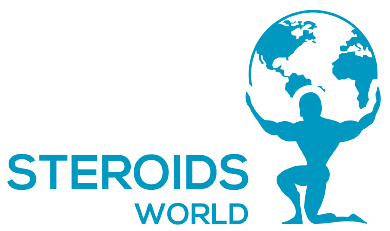Bacteriostatic Water vs Sterile Water
Sterile Water
The first choice for mixing your medicine is to use sterile water. This is water that does not contain any microorganisms, commonly known as microbes.’ Microorganisms include viruses, bacteria, fungus, and other organisms. Sterile water is intended to be used just once, therefore the vial will contain enough for one use.
It is critical that you just use it once to prevent polluting the water with germs. Although it is safe to combine the medicines in sterile water, injecting sterile water into your veins can disturb your body’s equilibrium and may cause your blood cells to split, a condition known as hemolysis_. However, it is acceptable to use regularly when combining medications that must be taken every day.
Bacteriostatic water
Bacteriostatic water is another possibility. In this scenario, we’re still dealing with sterile water, but it also includes benzyl alcohol, which inhibits germs from growing in the vial. Alcohol or any other substance that inhibits bacterial growth is referred to as a bacteriostat, therefore the name bacteriostatic water.
Differences
The only thing in sterile water is pure water. Bacteriostatic water contains benzyl alcohol. Based on allergies, you may immediately determine which is appropriate. If you are allergic to benzyl alcohol, stop using bacteriostatic water and replace it with sterile water. Signals are another distinction. The FDA controls what medicines are labelled for, i.e., the intended use of the drug. Sterile water is labelled for injections as well as irrigations, whereas bacteriostatic water is labelled solely for injections.
As previously said, another significant difference is the fact that it may be used for numerous purposes. Because sterile water lacks a bacteriostat, it can only be used once. This might be useful when planning a trip, budgeting monthly costs, and storing items. Drugs that need diluting with water generally mention which water is suggested for usage on the bottle. Always follow the directions on the label. The patient population is a significant distinction between the two. Bacteriostatic water is inappropriate, or prohibited, for usage in neonates, or infants within the first 28 days of life. Another significant distinction is availability. Bacteriostatic water is extremely simple to produce, whereas sterile water is a laborious procedure. There have been instances when sterile water has become scarce. If both types of water are permitted, it may be prudent to always use bacteriostatic water.
Similarities
Bacteriostatic and sterile water hasn’t been used directly for injection; they must be diluted with another medication or solvent. Using in this manner may result in hemolysis or the death of red blood cells. They are both nonpyrogenic, which means they will not produce a fever. They may both be utilised for the remainder of the population, including paediatrics, adults, and the elderly community, in addition to newborns. In intravenous, hypodermic, and subcutaneous injections, bacteriostatic and sterile water can be utilised. They are both USP, which means they have an official monograph or paperwork from the United States Pharmacopeia, yet neither is used for IV solutions.


















